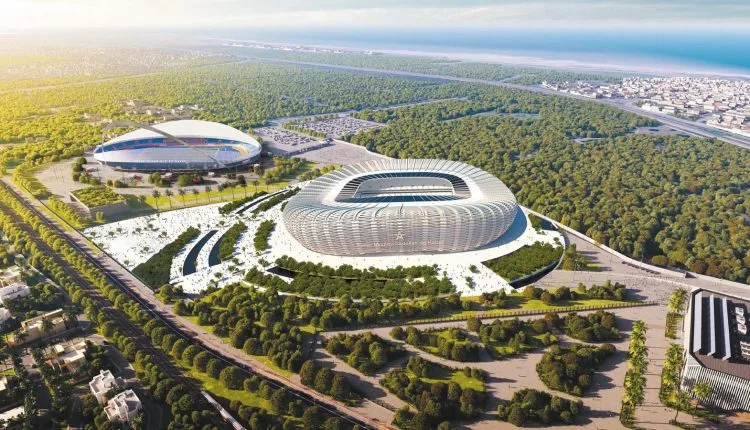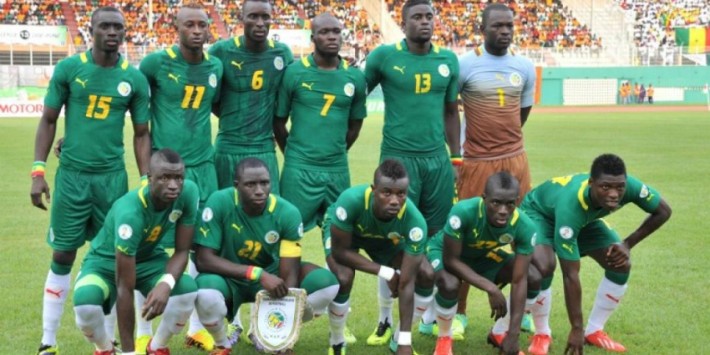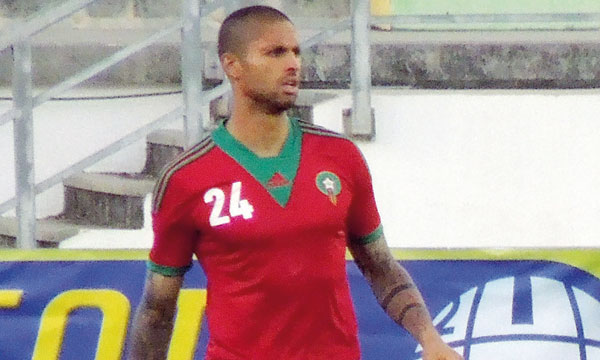Spanish sports outlet Marca recently visited Morocco to get an up-close look at how the country is gearing up to co-host the 2030 FIFA World Cup alongside Spain and Portugal.
“Marca spent several days on-site in Morocco to verify firsthand the preparations underway for the 2030 World Cup,” the publication reported.
Despite being five years away from the tournament, Morocco is already actively upgrading both its football venues and related social infrastructure.
Following the visitation, Marca highlighted that the country is modernising key facilities to ensure they are ready for the global event.
Currently, Morocco is focused on renovating stadiums ahead of the 2025 Africa Cup of Nations, scheduled from December 2025 through January 2026, which also serves as a vital test for the World Cup venues.
The 2030 tournament will utilise 20 stadiums in total, including eleven in Spain, three in Portugal, and six in Morocco. Marca detailed the Moroccan venues set to host matches:
-
Grand Hassan II Stadium, Casablanca (capacity 115,000)
-
Prince Moulay Abdellah Stadium, Rabat (68,700)
-
Grand Stadium of Tangier (75,600)
-
Grand Stadium Agadir (46,000)
-
Grand Stadium Fez (55,800)
-
Marrakech Stadium (70,000)
Five of these stadiums will undergo major renovations, with Casablanca’s Grand Hassan II Stadium earmarked as the centrepiece of the Moroccan hosting effort.
Fouzi Lekjaa, president of Morocco’s 2030 bid committee and head of the Royal Moroccan Football Federation, told Marca, “We want the final to be in Casablanca.”
The Santiago Bernabéu stadium in Madrid remains the other leading candidate, with FIFA expected to make the final decision, a topic Spanish media have actively promoted as a strong possibility.
On the football front, Marca highlighted Real Madrid forward Brahim Díaz as a key figure for Morocco’s national team, the Atlas Lions. Though he did not play in a recent friendly against Tunisia, Díaz was seen supporting his team and singing the national anthem.
Preparing these stadiums requires a significant investment. A recent report by the Centre for Economic and Social Prospects estimates Morocco will invest around MAD 52 billion (approximately $5 billion) into sports infrastructure projects.
However, the report also cautions against the pitfalls faced by previous World Cup hosts like Brazil (2014) and South Africa (2010), where stadiums became costly financial burdens after the tournaments ended. To ensure long-term sustainability, the venues must generate revenue beyond football through concerts, festivals, corporate events, and other commercial uses.
The report recommends establishing regional management companies and exploring naming rights deals, following successful models like London’s Wembley Stadium and Munich’s Allianz Arena.
Moroccan construction firms TGCC and SGTM recently secured a MAD 3.2 billion ($320 million) contract for the second phase of Casablanca’s Grand Stade Hassan II project. They were the sole bidders meeting all technical and financial criteria after the June 10 tender deadline.
Their responsibilities include heavy construction, waterproofing, steel framework, interior finishes, and carpentry. The Royal Moroccan Football Federation aims to complete the project by December 2027.











